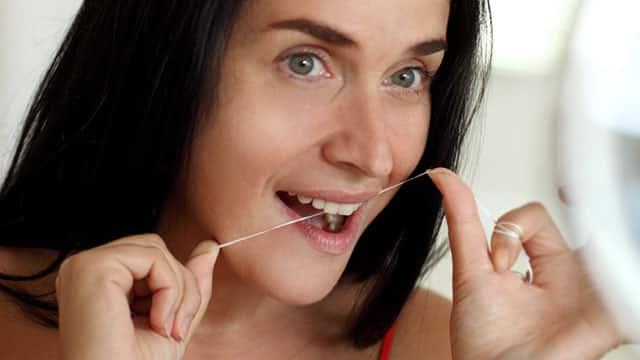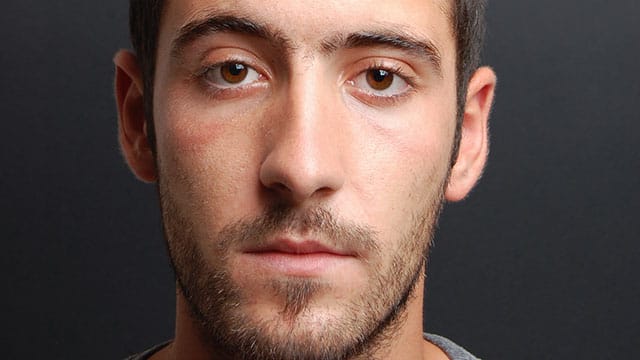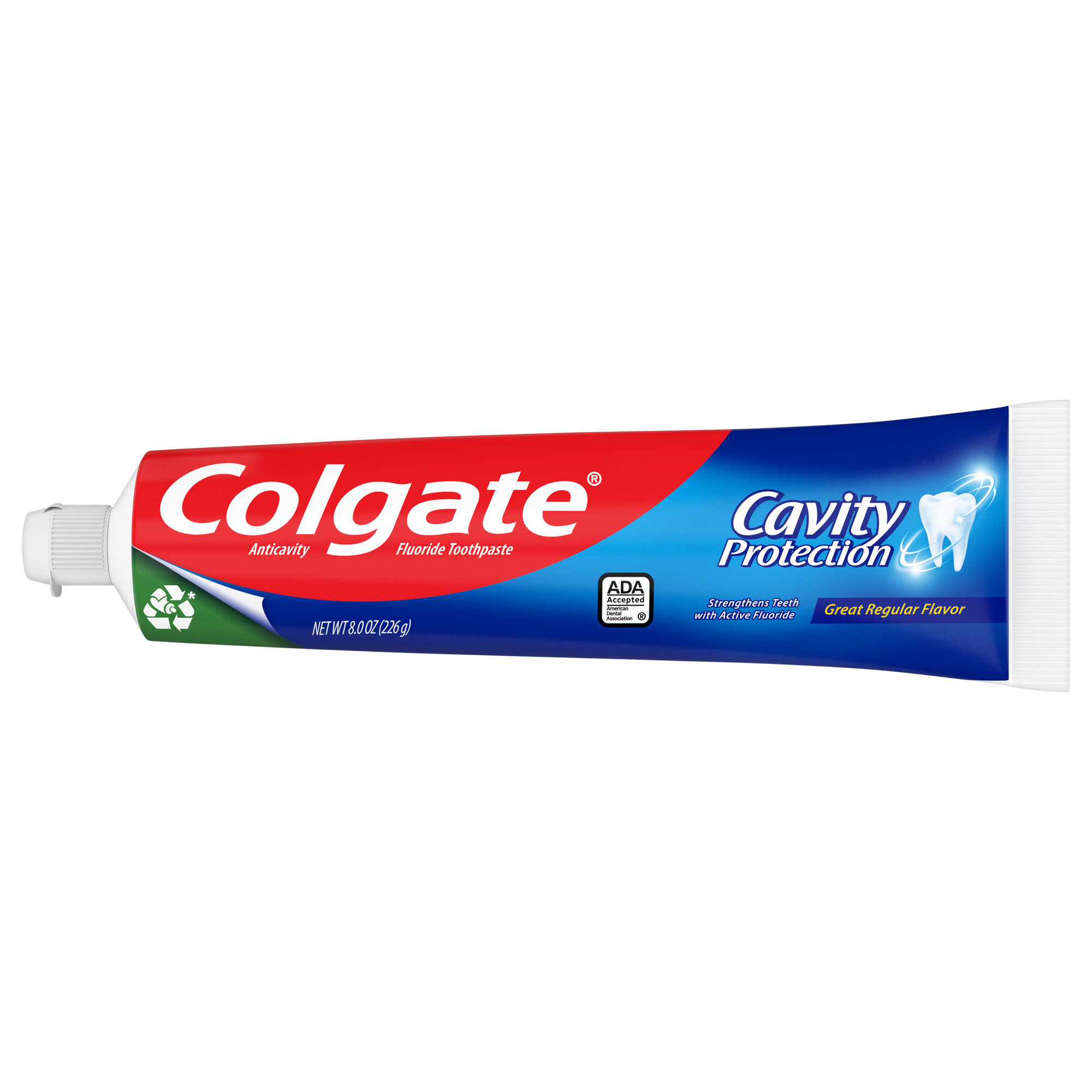Common Causes of a White Tongue
A white tongue is the result of debris, dead cells, or fungi building up between the bumps (called papillae) on the surface of your tongue. In adults, the causes of a white tongue include dehydration, poor oral hygiene, smoking, or excessive alcohol consumption. White patches on the tongue and elsewhere in the mouth that can't be rubbed off can indicate thrush at any age. On the whole, however, if your baby has a white tongue, milk residue is the most common culprit. In this case, your baby’s white tongue is not thrush.
Signs of Thrush
White film that doesn't wipe away easily with a cloth may be a case of thrush. Thrush is caused by an overgrowth of Candida yeast and may appear as milky white patches inside your baby's mouth. Thrush rarely appears exclusively on the tongue and will often coat the parts of the mouth your baby uses to suck, like the inner and outer lips and inner cheeks.
Thrush in babies can cause irritability, general fussiness, and aversion to sucking or feeding. However, most infants experience little discomfort and moderate symptoms. You should seek treatment as soon as possible, particularly if your newborn struggles to latch or refuses to eat.
Treating Thrush
Luckily, with the guidance of a pediatrician, thrush is easily treatable. Your doctor may prescribe an antifungal treatment to be applied directly to the white patches. The medication is no longer effective when swallowed, so leave the medication to sit in the mouth and avoid feeding for 30 minutes. Your doctor will advise you on how frequently to apply the antifungal, though it may be up to four times a day for a week. Thrush usually resolves in four to five days.
The doctor may check the mother's nipples for signs of thrush and prescribe a topical cream to prevent the mother and her baby from passing the infection back and forth.
Preventing Thrush
Whether your baby is breastfed or formula-fed, you'll likely notice a milky white glaze on their tongue after a long feeding. Formula tends to have a brighter appearance, while breast milk may be less noticeable. No matter how you feed your baby, wipe your infant's mouth with a clean, damp cloth or gauze immediately after each feeding to start them on a lifetime of sound daily oral care. One of the best steps you can take to prevent thrush is carefully cleaning your baby's mouth, your breasts, and your feeding equipment like bottles and breast pumps. Take extra care while breastfeeding to avoid dry or cracked nipples, which can create an environment for yeast to thrive.
How To Clean Baby Tongue Thrush
Caring for your baby’s oral health during a case of thrush is simple. Aside from using the medication as prescribed, limit nipple and pacifier time, leading to more irritation. When you’re not using the thrush medication (which typically needs to sit on the thrush for 30 minutes), clean your baby’s mouth as you would normally: wrap your finger with gauze or a washcloth, wet it with water, and move around in circular motions to massage the gums carefully and to remove any remaining bits of food or milk.
There’s no manual for caring for your baby, so anything unusual, like a newborn’s white tongue, can cause concern. But if your baby does develop a case of thrush, don't worry. Most infections are non-threatening and treatable and will go away in a few days with the proper care and treatment—something you and your newborn can smile about.
Oral Care Center articles are reviewed by an oral health medical professional. This information is for educational purposes only. This content is not intended to be a substitute for professional medical advice, diagnosis or treatment. Always seek the advice of your dentist, physician or other qualified healthcare provider.
ORAL HEALTH QUIZ
What's behind your smile?
Take our Oral Health assessment to get the most from your oral care routine
ORAL HEALTH QUIZ
What's behind your smile?
Take our Oral Health assessment to get the most from your oral care routine














